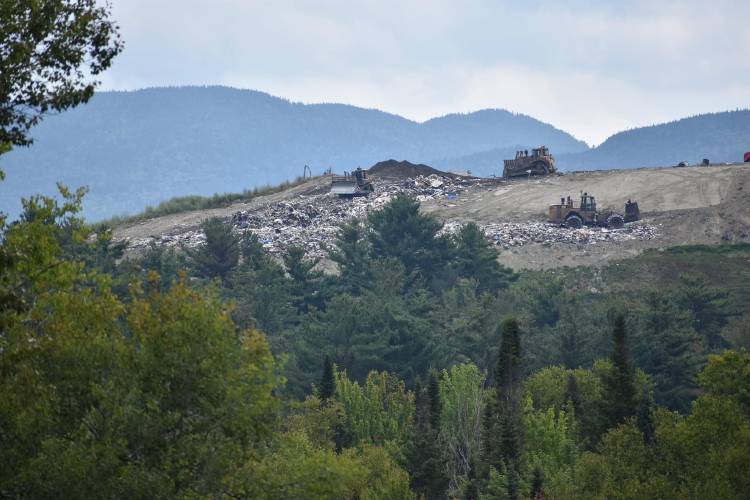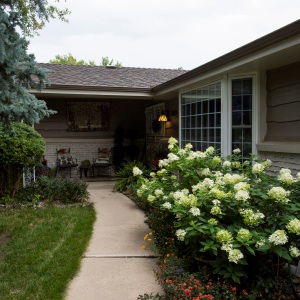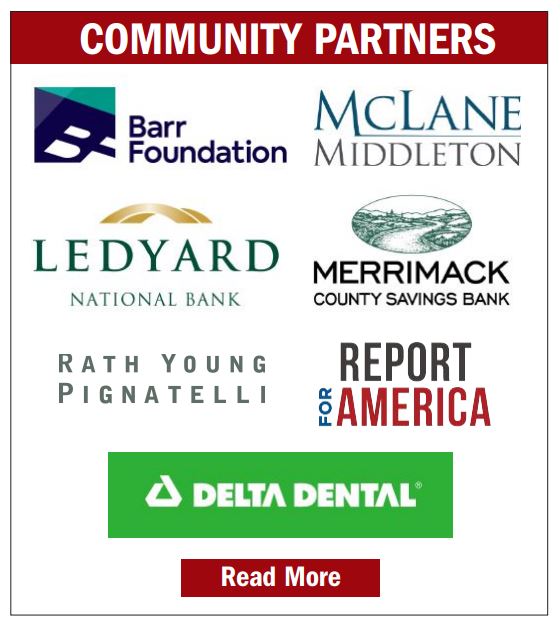Opinion: The bad news and good news about landfills in New Hampshire

NCES landfill File photo
| Published: 03-04-2024 4:15 PM |
Eliot Wessler lives in Whitefield and works with a number of grassroots organizations in NH’s North Country.
Let’s start with the bad news: New Hampshire’s Department of Environmental Services (DES) has known for years that our state is awash in out-of-state trash (OOST). According to DES testimony, over the last several years the amount of OOST, coming mostly from Massachusetts, has averaged about 47%.
How does our state compare to other similar states? Data from EPA and the Census Bureau compiled by the nation’s largest equipment rental company show we unfortunately have more in common with the heavily industrialized Great Lakes states than we do with our neighbors in New England.
We are doing much worse than other New England states at controlling how our landfills are used. We rank 11th in terms of states with the most landfilled trash relative to population. In comparison, Maine and Vermont rank 41st and 42nd, Massachusetts ranks 49th, and Connecticut is dead last.
The news only gets worse. New Hampshire ranks tied for 5th in terms of how much new waste is forecasted to be landfilled relative to population. This is significantly higher than any other state in New England, and more than 40% higher than the U.S. average.
Although these numbers are based on 2019 data, they nevertheless confirm what we know about the past and the present from DES testimony. But the really bad news is that unless we do something, and do it soon, this problem will get worse. By letting all of that OOST pile up in our state we’ve effectively put a target on our back that our doors are open for other people’s trash. New Hampshire has become a patsy for New England — we’re letting other states off the hook from doing their own solid waste planning.
Moreover, we’ve given for-profit landfill developers strong signals that it’s okay to build new landfills here and transport waste from all over New England into our state. Casella’s proposal to build the GSL landfill in Dalton is a case in point. Casella says the GSL landfill is needed to replace the landfill capacity being lost in two years due to the closure of its existing NCES landfill in Bethlehem. In fact, according to DES, and based on DES’ conservative and static assumptions, New Hampshire will not need any additional landfill capacity (from GSL or any other source) until 2034 at the earliest. Under DES’ more realistic assumptions that include highly likely changes in trash volumes and capacity additions at existing landfills, New Hampshire will not need a new landfill for decades.
A reasonable conclusion is Casella’s motivations to build GSL are not related to New Hampshire’s needs as much as to Casella’s fiduciary responsibility to its shareholders. Casella has been on an M&A binge in the last few years, gobbling up service territories in southern New England and elsewhere in the Northeast. So now Casella needs to find a place to put all that additional trash, and it’s targeted our state.
Article continues after...
Yesterday's Most Read Articles
 Most New Hampshire homes aren’t ‘aging-ready,’ which is a problem in a rapidly aging state
Most New Hampshire homes aren’t ‘aging-ready,’ which is a problem in a rapidly aging state
 Celebrating National Ice Cream Day with Richardson’s Farm: ‘Nobody else does what we do’
Celebrating National Ice Cream Day with Richardson’s Farm: ‘Nobody else does what we do’
 Don Brueggemann, owner and manager of The Works Café, retires after 30 years downtown: ‘A great run’
Don Brueggemann, owner and manager of The Works Café, retires after 30 years downtown: ‘A great run’
 Riverbend to close adult mental health housing facility in Concord due to funding challenges
Riverbend to close adult mental health housing facility in Concord due to funding challenges
 Surplus seller Ollie’s enters New Hampshire, opens in Belmont
Surplus seller Ollie’s enters New Hampshire, opens in Belmont
 Free speech group, residents back Bow parents’ appeal in case involving transgender athletes
Free speech group, residents back Bow parents’ appeal in case involving transgender athletes
The math is pretty simple: if GSL is granted permits the amount of OOST landfilled in our state will grow. According to DES, the amount of OOST landfilled at NCES has been averaging about 15% in the last few years. In contrast, according to Casella, the amount of OOST to be landfilled at GSL will be up to 49%. And when higher volumes of trash at GSL compared to NCES are factored in, it seems clear that if DES grants permits to GSL our state will be on a glidepath to becoming New England’s dump.
But there is (thankfully) good news to go with the bad. The good news is that despite Casella’s political muscle in our state coupled with DES’ seeming lack of concern about OOST, our state Legislature seems prepared to fully consider a number of pending bills that will, on a going-forward basis, stem the amount of OOST that can be landfill in New Hampshire.
One bill would require that all new landfills permitted in our state be publicly-owned, thereby allowing the owners to prohibit, or at least limit, the amount of OOST that will be accepted. A second bill would require that all new landfills cap the amount of OOST at 15%. And a third bill would pause permit approvals for new landfills for several years, providing DES and the Legislature additional time to determine the best way to limit our state from being choked in OOST.
All of these bills have merit, and it is hoped that all will be approved by the House and the Senate, and signed by the governor during this legislative session. That would be not just good news, but great news for our state.







 Opinion: Trumpism in a dying democracy
Opinion: Trumpism in a dying democracy Opinion: What Coolidge’s century-old decision can teach us today
Opinion: What Coolidge’s century-old decision can teach us today Opinion: The art of diplomacy
Opinion: The art of diplomacy Opinion: After Roe: Three years of resistance, care and community
Opinion: After Roe: Three years of resistance, care and community
